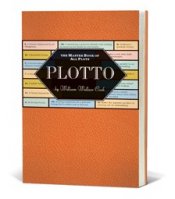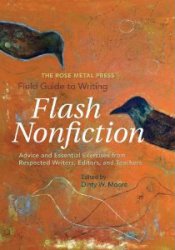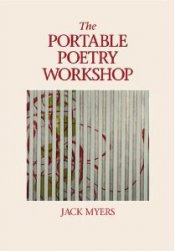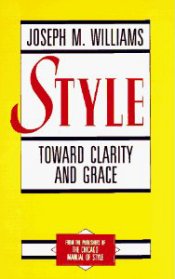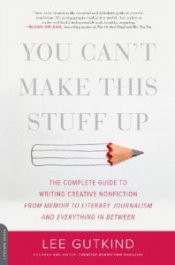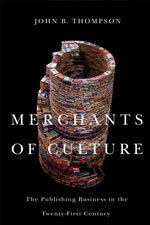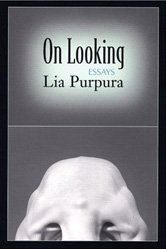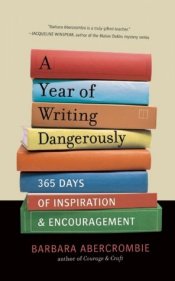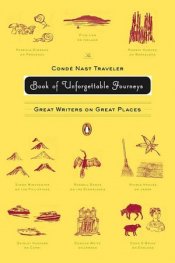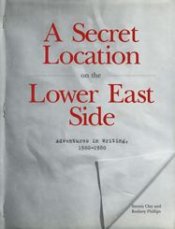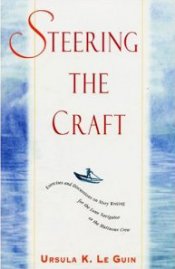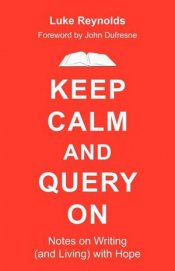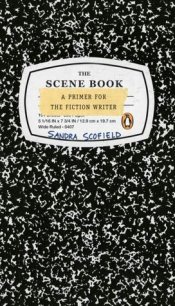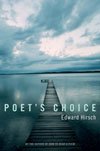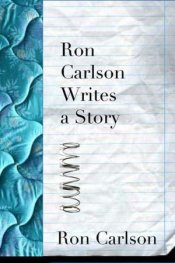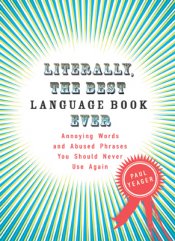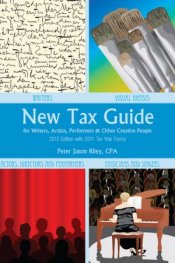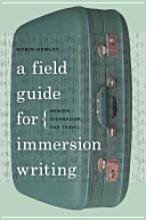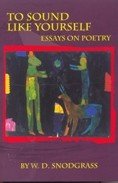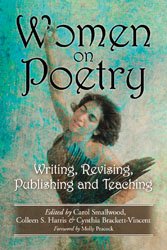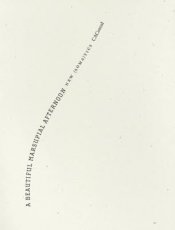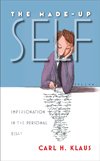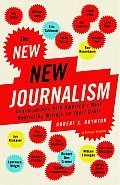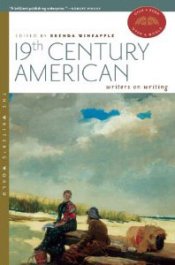The McSweeney's Book of Poets Picking Poets
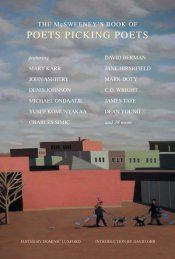
In this collection from McSweeney’s Books editor Dominic Luxford chose ten poems from ten different poets, and then asked each of them to contribute an additional poem of his or her own, plus a poem from another poet. That new poet was then asked to do the same. As Luxford writes in the introduction, “The result: ten chains, five poets per chain, two poems per poet—one almighty collection of verse.” With poems by authors such as Elizabeth Alexander, Tina Chang, Mark Doty, Heidi Johannesen Poon, Mary Ruefle, C. D. Wright, and Dean Young, the collaboration offers poetry by a range of older, more accomplished poets as well as by poets at the beginning of their careers and allows readers to discover what each writer values most in both his or her own work and the work of others.






